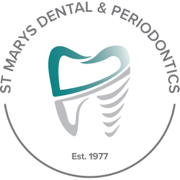Gum Grafts at St Marys NSW
To determine whether a gum graft can compensate for the receded gum around a tooth/teeth or implant, we need to:
First, know the causative factor. This is the first line of treatment in almost all cases. This means that the cause should be removed first so that any tentative gum graft would not fail in the future.
Second, to establish if there is anatomical capability for a gum graft to provide good coverage for the recession site. This requires a thorough clinical and radiographic examination.
Fortunately, these days we can have a good estimation of what outcome is to be expected from a gum graft. This can be established by knowing the following:
- The nature of receding gums
- The number of sites affected
- The amount of supporting bone available at the site
- The shape and thickness of the surrounding soft tissue/muscles
- The angulation of affected tooth/teeth
- The restorative aspect of the affected tooth/implant
What is used for gum graft?
There are different graft options available for gum graft:
- Your own gum (usually taken from palatal gum)
- Platelet Rich Fibrins (PRF), derived from your own blood
- Allografts (processed graft materials of human origin)
- Xenografts (of porcine origin)
- Bioactive materials (Enamel Matrix Derivatives (EMD), of porcine origin)
- A combination of the above
According to current literature, the gold standard remains to be the autogenous gum graft (graft taken from your own palatal area). However, there are circumstances where other options are preferred.
Talk to us about treatment options
